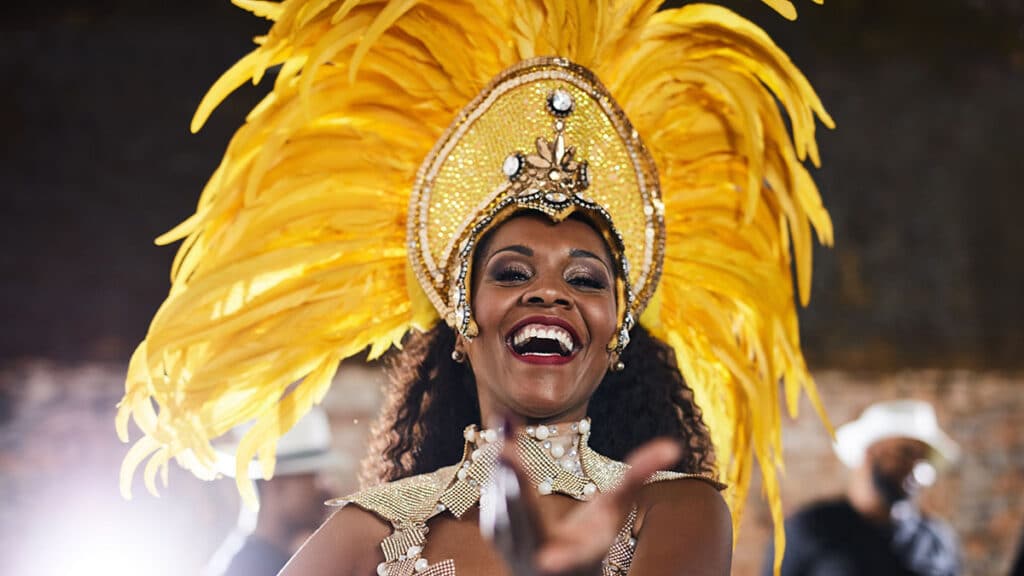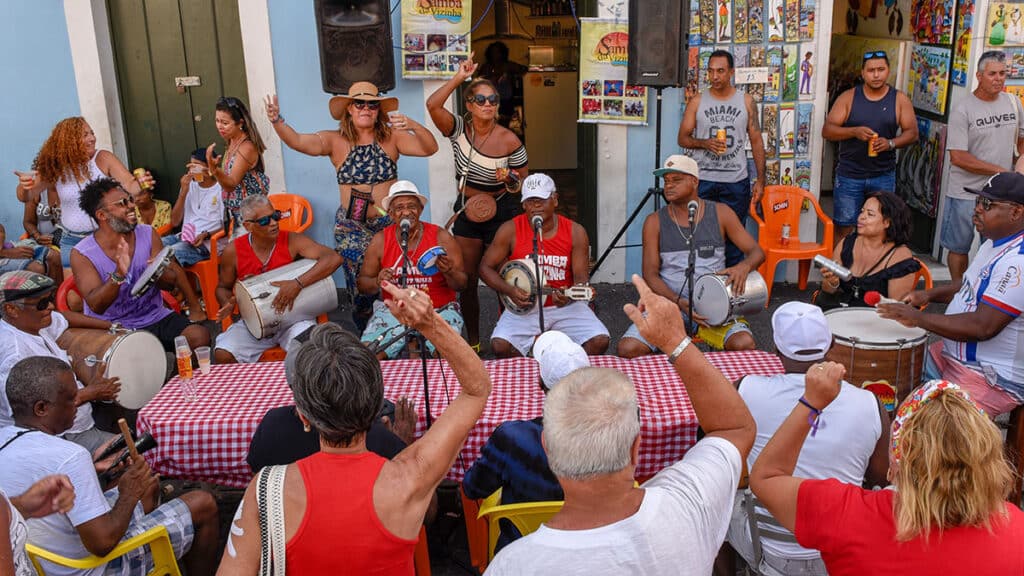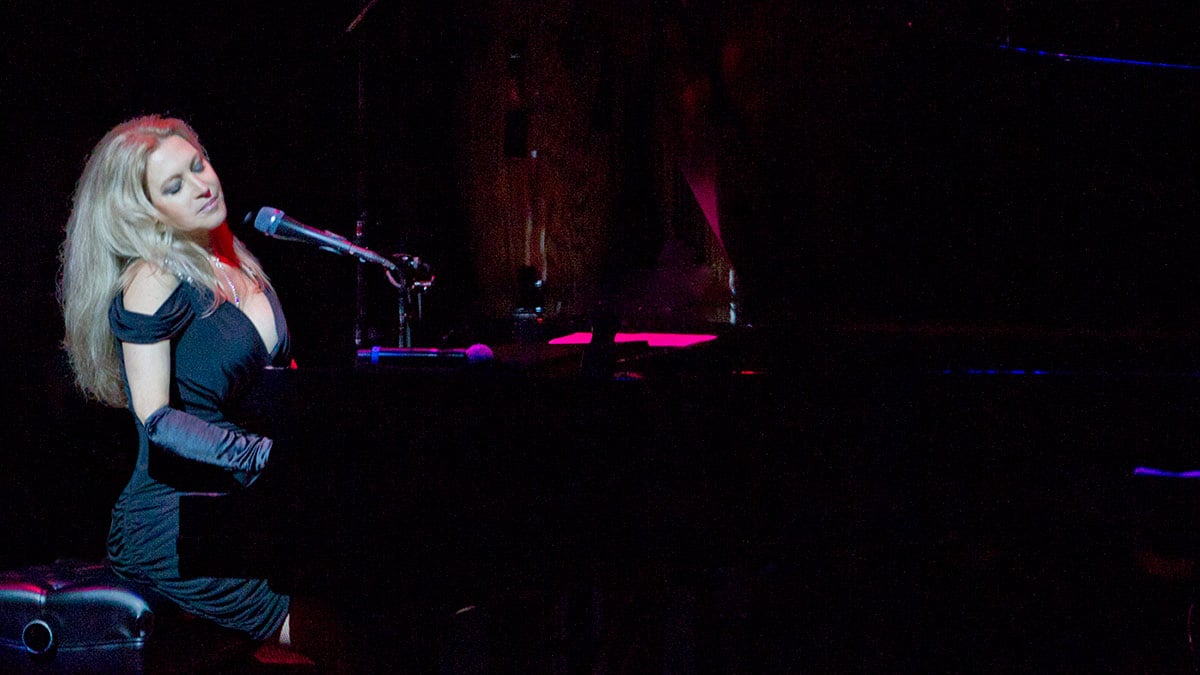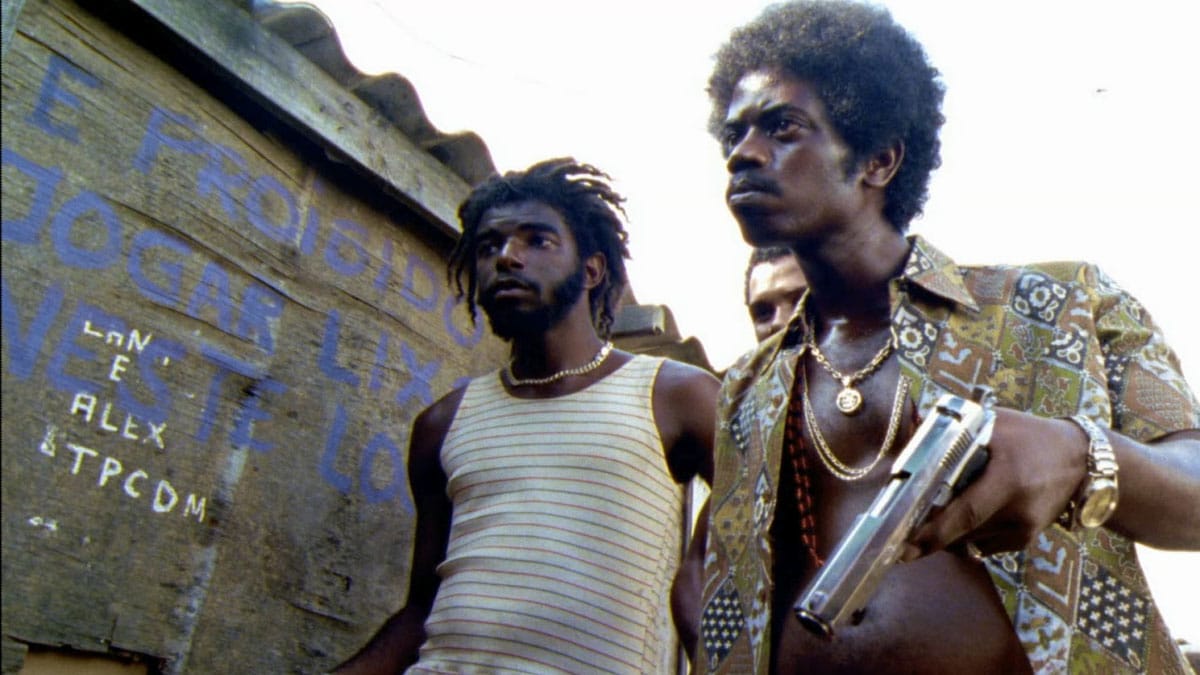Samba in New York City is mostly in night clubs, and Brazilian festivals.
Samba is an Afro-Brazilian drum, song and dance tradition from Bahia (northeastern Brazil) that was urbanized in the favelas of Rio de Janeiro.
It is not just a rhythm. It’s the party, the music, and the dance. There are many variations.
It derives from the Kongo traditions of the Afro-Brazilian religion Candomblé.
When radio became popular, the Brazilian government used samba to craft a pan-Brazilian identity. Today samba is the sound of Brazilian Carnival.
In the 1950s, samba rhythm and jazz harmonies became bossa nova. In the 1960s, samba mixed with rock into música popular brasileira (MPB).
Samba
Brasil Summerfest Brings the Latest Brazilian Music, Film and Dance to New York City
Os Clavelitos
BROOKLYN: Archway, DUMBO
QUEENS: Museum of the Moving Image, Astoria
🇧🇷
Seu Jorge and Daniel Jobim Pay Homage to the Iconic 1962 Bossa Nova Concert at Carnegie Hall
CARNEGIE HALL, Midtown, Manhattan ~ Superstar Brazilian actor, funk, and samba singer who went global in the movie “City of God” (2002). 🇧🇷
Samba News
New York Samba

In New York samba is often associated with Brazilian Carnival celebrations.
Bands
These artists play some samba.
- Annette A. Aguilar & StringBeans is led by a Nicaraguan American rock drummer who is a Brazilian and Latin jazz specialist. 🇧🇷 🇳🇮
- Batalá New York is an all-women Afro-Brazilian samba drum line. batalanewyork.org
- Eliane Elias is a Grammy and Latin Grammy-winning Brazilian Latin jazz pianist.
- Fogo Azul NYC is an all-women Afro-Brazilian samba drum line. fogoazulnyc.com
Clubs
We are not aware of any current samba clubs, but some night clubs and Brazilian restaurants present samba.
- Drom
- Hostos Center
- Jazz at Lincoln Center
- Nublu
- Sounds of Brazil (SOBs)
Festivals
These festivals usually present some samba:
- Brazilian Day
- Brasil Summerfest
- Dance Parade
- SummerStage
Origins

Samba developed in the Bahia countryside in the early 1800s. Bahia is Brazil’s cultural heartland.
People looking for work brought samba to Rio de Janeiro in the late 1800s. Tias Baianas (Bahian aunties) organized samba communities in spite of government repression of the traditions.
When radio became popular in the early 1900s, the Brazilian government used samba and Carnival to promote a pan-Brazilian identity.
Samba is Community
Samba is more than a music and a dance. It’s how traditional African Diaspora and Indigenous communities socialize. In the Americas, African and Indigenous mixed together to escape the colonizers.
Before mass media, there wasn’t anything to do, so people, especially poor people, made their own entertainment. When work was done, people gathered to talk, eat, and drink. Brazilians still do this after work. Two sticks and two pieces of metal made a band. Someone started drumming. Someone started singing. Couples started flirting and dancing. Somebody started selling stuff. That’s samba.
It’s the Brazilian form of the African Diaspora drum, song, and dance traditions that hold communities together across the Americas.
Brazilian Samba Artists
Antônio Carlos Jobim (1927-1994) wrote The Girl From Ipanema.
Elza Soares (1930-2022) was a Brazilian samba legend.
Gilberto Gil is a samba, bossa nova, rock, and MPB legend.
Tia Ciata (1854-1924) was one of the women who brought samba from Bahia to Rio de Janeiro, kept it going, and then helped it gain legitimacy with the Brazilian government. She’s one of the most important samba aunties. Note that women are the guardians of culture.



